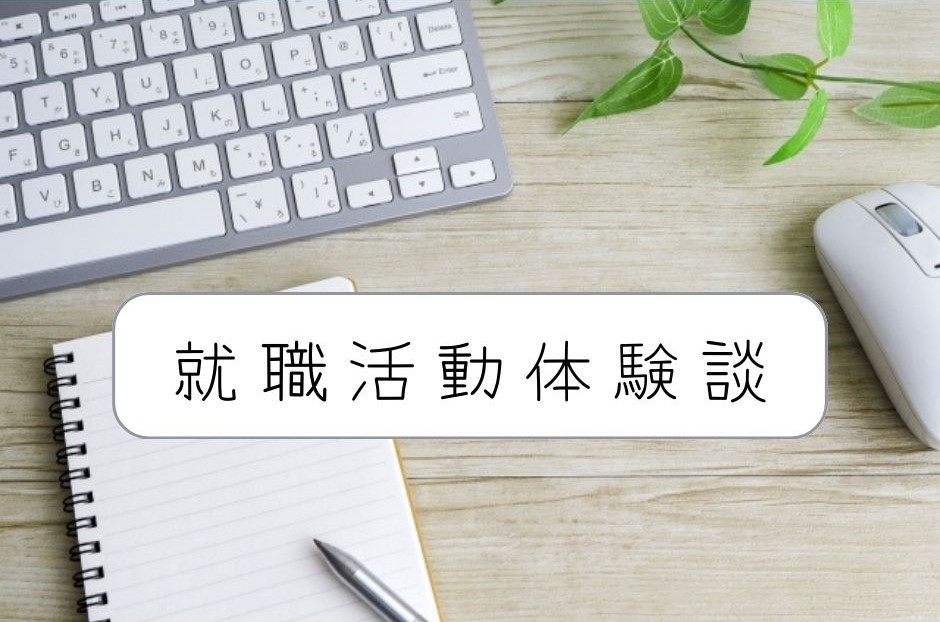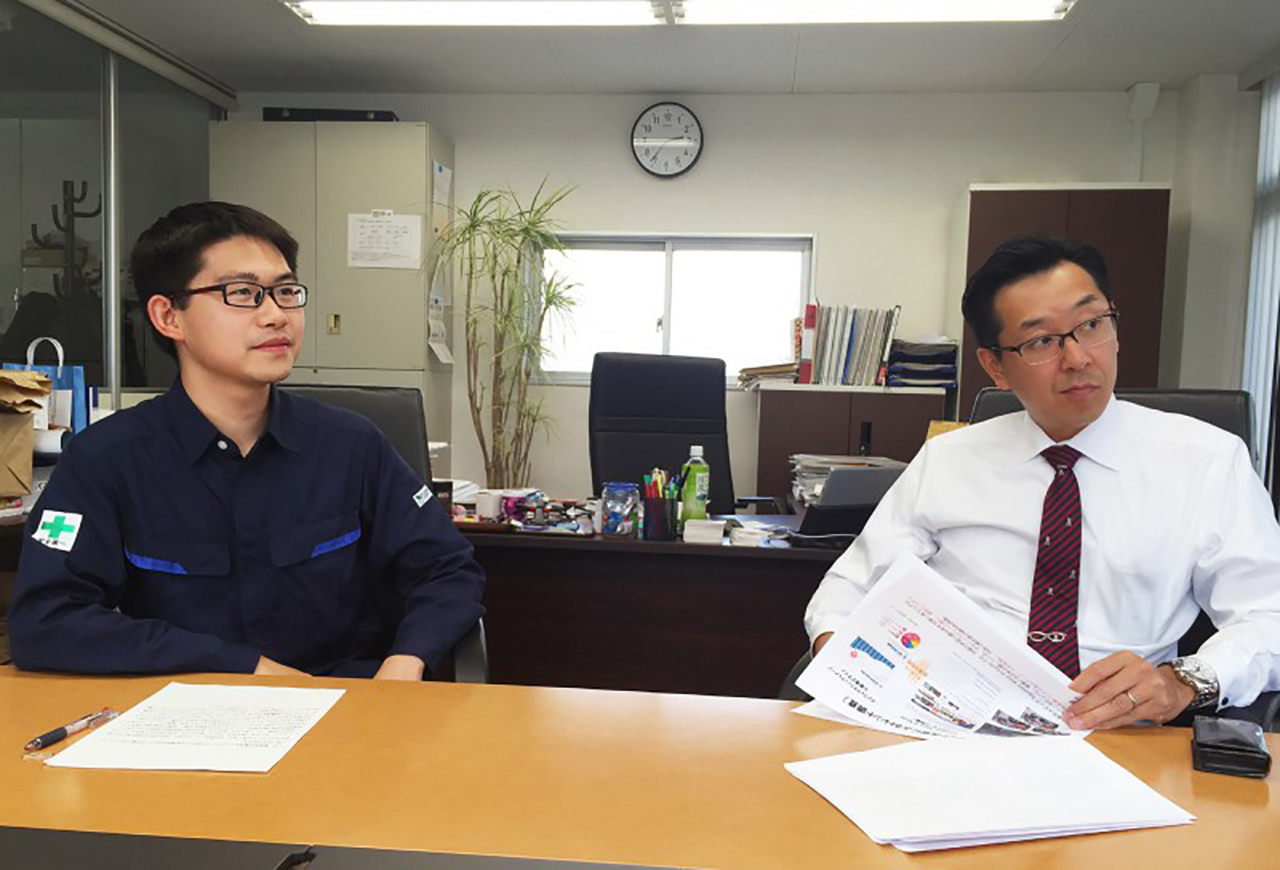Job-Hunting in Japan 101
2016.12.02
There’s homework?
But I’m already a student! This will come in handy for interviews and things later on in the application process, believe us. Before things really kick into high gear in March, it’s a good idea to do a little research about some of the companies you’re interested in, and the fields they do business in.
To do this, you can check out the companies’ own recruiting websites, shukatsu information sites, and even newspapers to gather information.
It’s even possible to ask your school to introduce you to some alumni who might be working at your company of choice, to ask them a bit about their company experience.
Self-Evaluation-who?
Self-evaulation, or jikobunseki is another word you’ll hear often while job-hunting in Japan. Simply put, this is understanding your personality, your strengths and characteristics, what kind of job you might be suited for, and what you’d like to do. This is important both in being able to present yourself as an attractive candidate to a company, and in your choice of companies to which to apply.
What’s a setsumeikai?
Setsumeikai are informational sessions put on by companies to offer potential hires a better understanding of their businesses. Setsumeikai are held at event halls and other spaces, but are sometimes put on as school events with company booths on campuses. Some setsumeikai are for single companies, while others are conducted more like job fairs, in which participants walk around and visit multiple company booths.
For some companies, attendance of that company’s setsumeikai is a requirement for those hoping to be considered as employees. These are formal events, so black suits are a requirement.
Japan’s job hunting uniform is somewhat unique in that there is little room for variation: men and women are expected to wear white shirts with plain black suits (skirts or pants are acceptable for women), and typically carry similar black briefcases or business bags. Jewelry, makeup, and hairstyles are required to be minimal and simple. This may, vary however, depending on the field of work—a creative position in advertising, for example, might even expect you to show a little more individuality in your personal appearance.
What are entry sheets?
An entry sheet is often provided by large companies, as a sort of combination cover letter and resume, and is typically handwritten—make sure your handwriting looks nice! Entry sheet formatting differs from company to company, so expect different questions to appear each time.
Still, there are some common questions, like the reasons behind your desire to work at the company; your “jiko PR,” or self PR; something you’d like to do after entering the company; a description of a time when you overcame a difficulty, etc. Even the formatting for answers such questions can vary, including writing, or even drawing diagrams or pictures, though the latter are rarer.
The entry sheet is only one of the first steps of screening, but it will determine whether you can pass on to try your hand at the others.
There are written tests, too?
Not always. But for larger companies who receive a huge number of applications every year, written tests are often used to narrow down the contenders.
“Written” tests are often not handwritten as the name implies, but rather administered electronically, either at test centers on company computers, or online. The most common of these tests, SPI, is similar to some university entrance tests, such as the SAT or ACT in the United States, in that it tests basic knowledge of things like vocabulary, reading, and math.
Tests like SPI test what may be fairly basic knowledge for native speakers of Japanese, but in a very short period of time—doubling the difficulty for non-native speakers. While a few companies offer versions of such tests in English, most are still in Japanese, and something like the equivalent of taking the JLPT N1 in thirty minutes instead of 3 hours. Still, this is a study-able test, and there are many textbooks available with sample problems and practice tests to help you get used to the format of the questions you may be asked. These are a good idea to work worth, as the language that appears in the tests should differ from Japanese used in everyday conversation.
What are interviews like?
The majority of interviews at Japanese corporations, naturally, will be in Japanese. This also makes for a good chance to showcase your Japanese skills. Be prepared for the long haul here, though: you may have to pass a series of three or even four interviews. Before a one-on-one interview, it’s common to have group interviews with other students. In group interviews, you and the other applicants may be asked to have a “group discussion,” during which the interviewers will observe your conversation, and judge you on both your teamwork and your leadership.
The result of the initial interview may come via email, but it’s also common to receive an answer by phone should you pass on to the next step. Make sure you pick up your phone, and have an answering service set up!
The All-Important Naitei
Receiving a naitei means that you’ve been hired! Congratulations: this means the end of the shukatsu process. But you still have to graduate university! Make sure you don’t miss out on any credits or graduation requirements between receiving your naitei and the months you have left until graduation.
Many companies have naitei presentation ceremonies before their actual entrance ceremonies. These can be a good opportunity to see some of the peers you’ll be working with in the future!
Study Kyoto is here to help with your job search!
Searching for a job in a foreign language far from your native country isn’t easy. But many companies are very interested in hiring foreign students!
This schedule outlined in this article describes the usual job hunt for Japanese students, but this is not the only path to employment. By showing the initiative to contact a company directly, for example, you may find that other paths will open up, too!
Put yourself out there—you can do this. Good luck!
There are a number of organizations in Kyoto that offer support for job-seeking international students.
Kyoto Prefectural International Center
Please check out our video interviews, and written interviews with real former international students in Study Kyoto Magazine, and elsewhere on the site!












